How to Make Your Own Houseplant Soil-DIY Recipe
Making your own houseplant soil is simple. It is cost-effective, better for the planet and we are sure your plants will approve. Have you ever wondered what ingredients go into potting mix? The list of ingredients will vary depending on the brand you buy. However, when you make your own, YOU can be in charge of the what nutrients your plants receive! Keep reading to see our DIY Houseplant Soil recipe
Overview of Ingredients Used in Houseplant Potting Mixes-
Peat Moss
Peat moss is a common moisture- retaining soil amendments found in most potting soils, however extraction of peat moss is harmful to the planet.
Peat moss is one of the main ingredients used in commercial potting soil. It is known for its ability to retain and absorb water, making it an excellent growing medium for many crops. Why is it used so universally? Well it’s easy to source in-store and relatively cheap. Peat moss has also been a controversial topic, as it is mined for in our world’s precious peatland habitats. Not to mention, damaged peatlands contribute to “10% of all fossil fuel emissions” (UNEP.org).
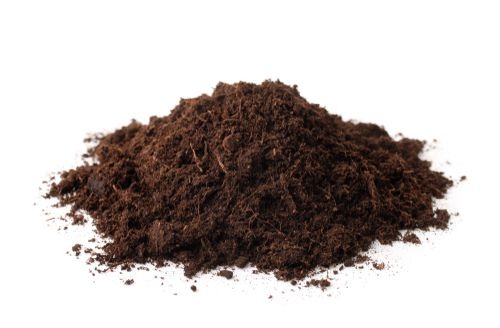
Coco Coir
Coco coir is a sustainable soil amendment that aids in water retention. Want to practice sustainable gardening? Coco Coir is a a great place to start.
Coco coir is a sustainable alternative to peat moss. It is a byproduct of coconut fiber and is starting to surpass peat moss as the #1 recommended soil amendment. Coco coir also offers excellent water retention properties, has a neutral pH and can easily be reused season after season! Best of all, it is a renewable resource! SuperMoss offers Coco Peat Bricks, which are available in retail and bulk quantities. It is pre-washed and 100% coconut coir- just saturate with water.
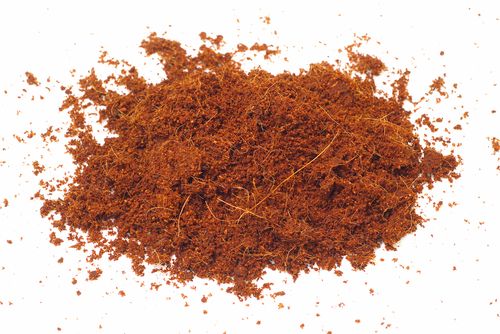
Sphagnum Moss
Sphagnum Moss is another amendment that retains a large amount of water– it is used commonly as a growing medium for orchids
Sphagnum Moss is another common component that can be added to your soil mix. Because it retains a great deal of moisture, it is an excellent substrate for propagating plants or seed starting. SuperMoss offers a premium grade, long-fibered sphagnum, which is used by many growers countrywide.
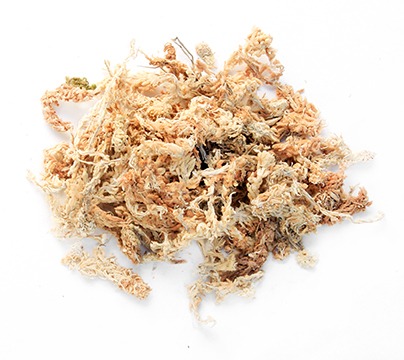 Perlite
Perlite
If you have bought a potting mix before, chances are perlite was a main ingredient
Perlite is the little white balls you see in potting mix, which kind of resemble Styrofoam. It is made of volcanic material and is extracted by open-pit mining. Perlite is used mainly for drainage and aeration. Often times, you will notice that the cactus mix you buy from a garden store will have a large percentage of perlite in it. However, the downside to perlite is that because it is so lightweight, it will eventually float to the top of the container.
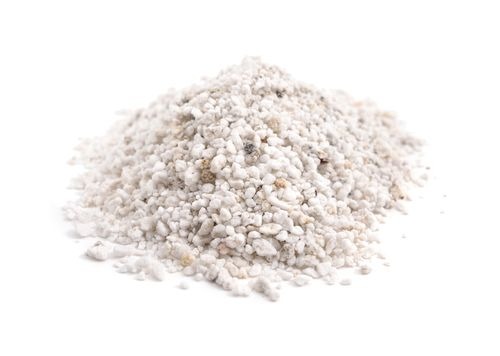
Pumice
The main use of pumice in potting soil is for drainage– many prefer it over perlite!
Pumice is also made from volcanic rock material and is mainly used for increased drainage in potting mixes. It is preferred by growers over perlite, as it holds its weight more effectively. Believe it or not, it actively retains water and then releases it back into the soil over time. Like perlite, it also helps improve soil structure and helps to aerate the soil. Pumice does not decompose as easily as perlite making a better choice for long-term planting.
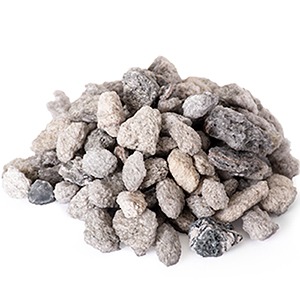
Orchid Bark
Adding Orchid bark makes for a chunky aroid mix and helps strengthen plant roots
Orchid Bark is another component of many indoor potting mixes. It helps with water retention and added aeration in the potting mix. Moreover, pieces of bark actually helps strengthen the roots of potted plants. SuperMoss offers a Douglas Fir Bark, which works great as an orchid potting medium or as a soil amendment for your houseplants.
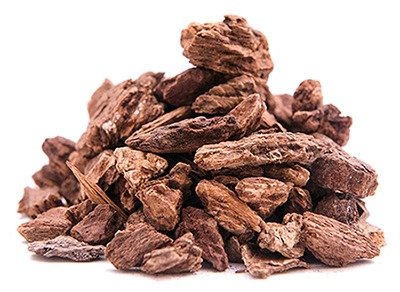
Activated Charcoal
Add activated charcoal in your potting mix to reduce toxins and odors
Activated Charcoal is probably one of the most underrated soil additives. If you have a pot without drainage holes, you can just add a layer of activated charcoal to the bottom of the pot and it will soak up all of the water over time. Lastly, it helps to break down unwanted bacteria and repels insects in your potting mix. SuperMoss offers a highly porous Activated Charcoal that will be sure to make up for your “overwatering” habits!
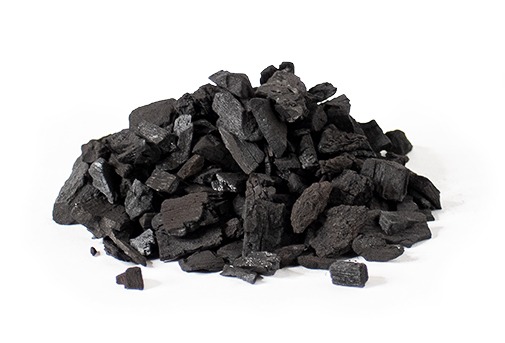
Lava Rock
Aids in drainage and soil aeration
Lava Rock is the leftover material after a volcanic eruption occurs. It is often used as a soil topper in commercial and residential landscaping. However, lava rock works great as a soil amendment in potting mix too! It is a lightweight, porous material which also aids in drainage and soil aeration. Lava rock can also be added to the bottom of a pot to provide improved drainage, like activated charcoal. SuperMoss offers a variety of Lava Rock products, available in solid black, red and mixed colors.
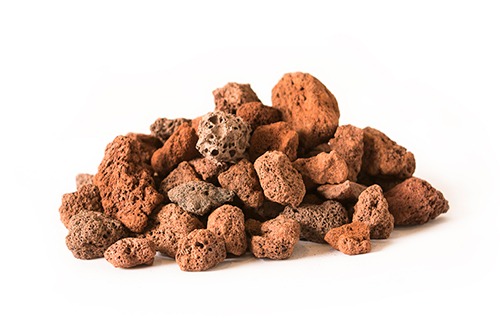
Worm castings
The perfect natural fertilizer for your houseplants– just add a couple hand fulls to your mix!
Worm droppings, the perfect all-natural fertilizer! We encourage you to stay away from synthetic fertilizers, which can burn the leaves of your plants. Worm castings can be added to the potting mix or to the top of the potted plant. The castings will absorb into the soil each time you water your plant, providing a sort-of slow-release natural fertilizer for your plants.
The DIY Houseplant Soil Recipe
We will be measuring the ingredients in “parts”, this way you can decide the amount of potting mix you will need for your particular project.
Aroids and most houseplants:
Aroids, such as monstera, philodendron, and pothos, all require a light, chunky potting mix
- 2 parts Coco Peat
- 1 part Pumice
- ¼ part Orchid Bark
- ¼ part Activated Charcoal
- ¼ part Lava Rock
- ¼ part Worm Castings
Cactus and Succulents:
Succulents require a well-draining, sandy soil. Pumice or sand is a key soil amendment for these plants as it aids in drainage.
- 3 parts Coco Peat
- 2 parts Pumice
- 1 part Coarse Sand
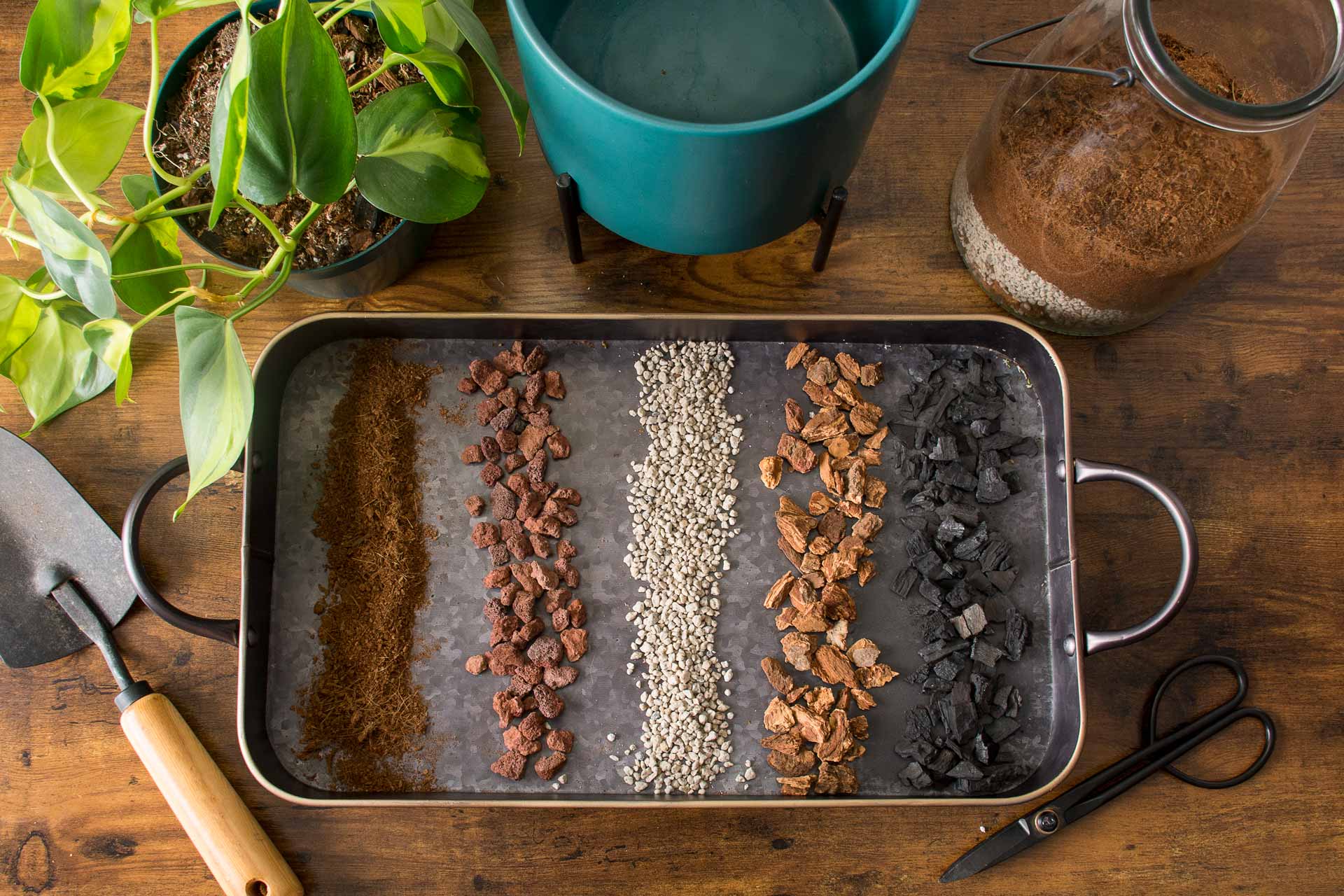
The process
Start by hydrating the coco peat. Next, begin mixing the ingredients in a bucket or large container. You can use a garden trowel or large spoon to mix the ingredients. However, I recommend using your hands if you are not afraid of getting a little dirt on you!
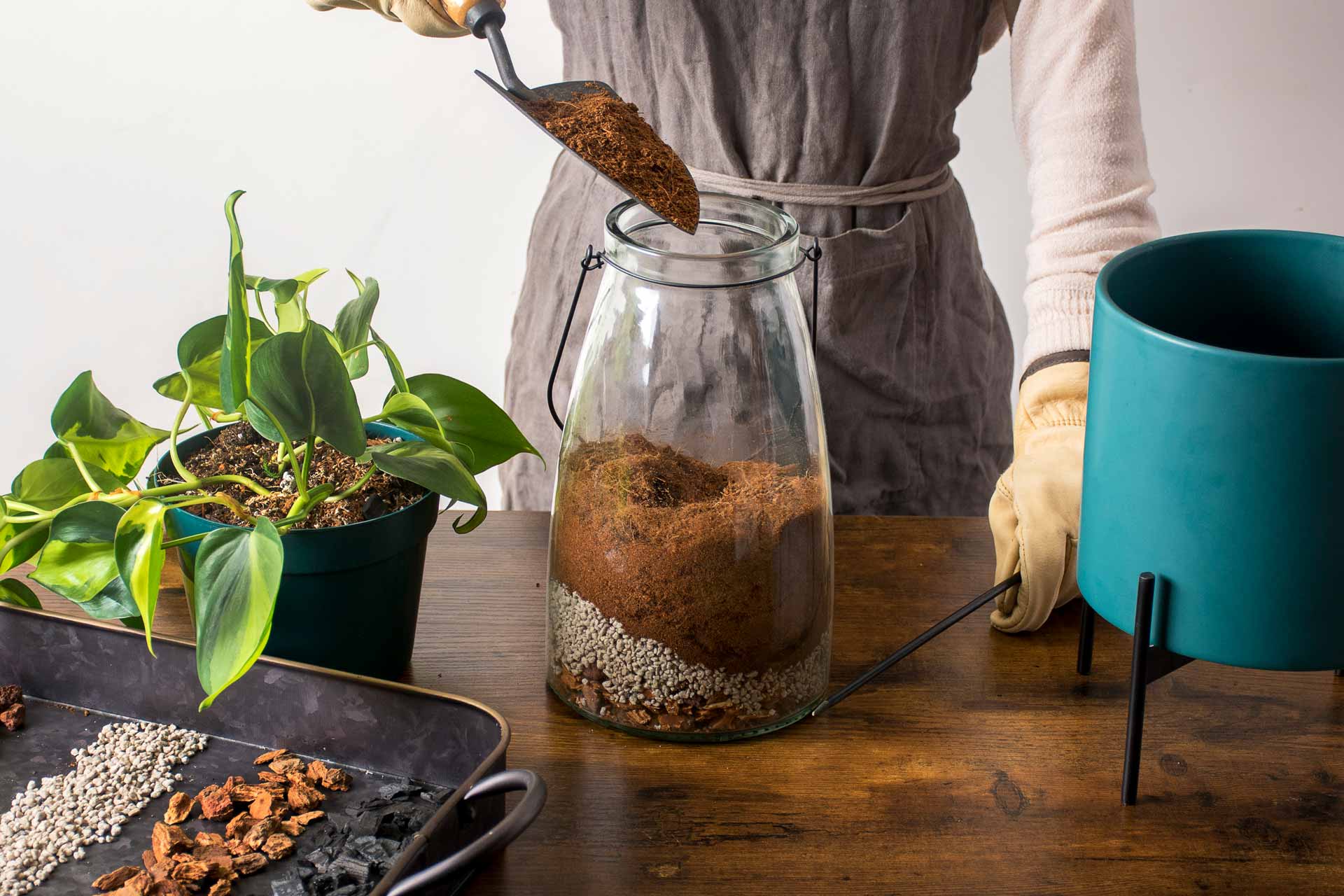
Optional: Add Activated Charcoal to the Base of Pot
This is a great habit to practice if you are using pots without drainage holes. Activated Charcoal works to absorb moisture, thereby preventing your plant from going through root rot!
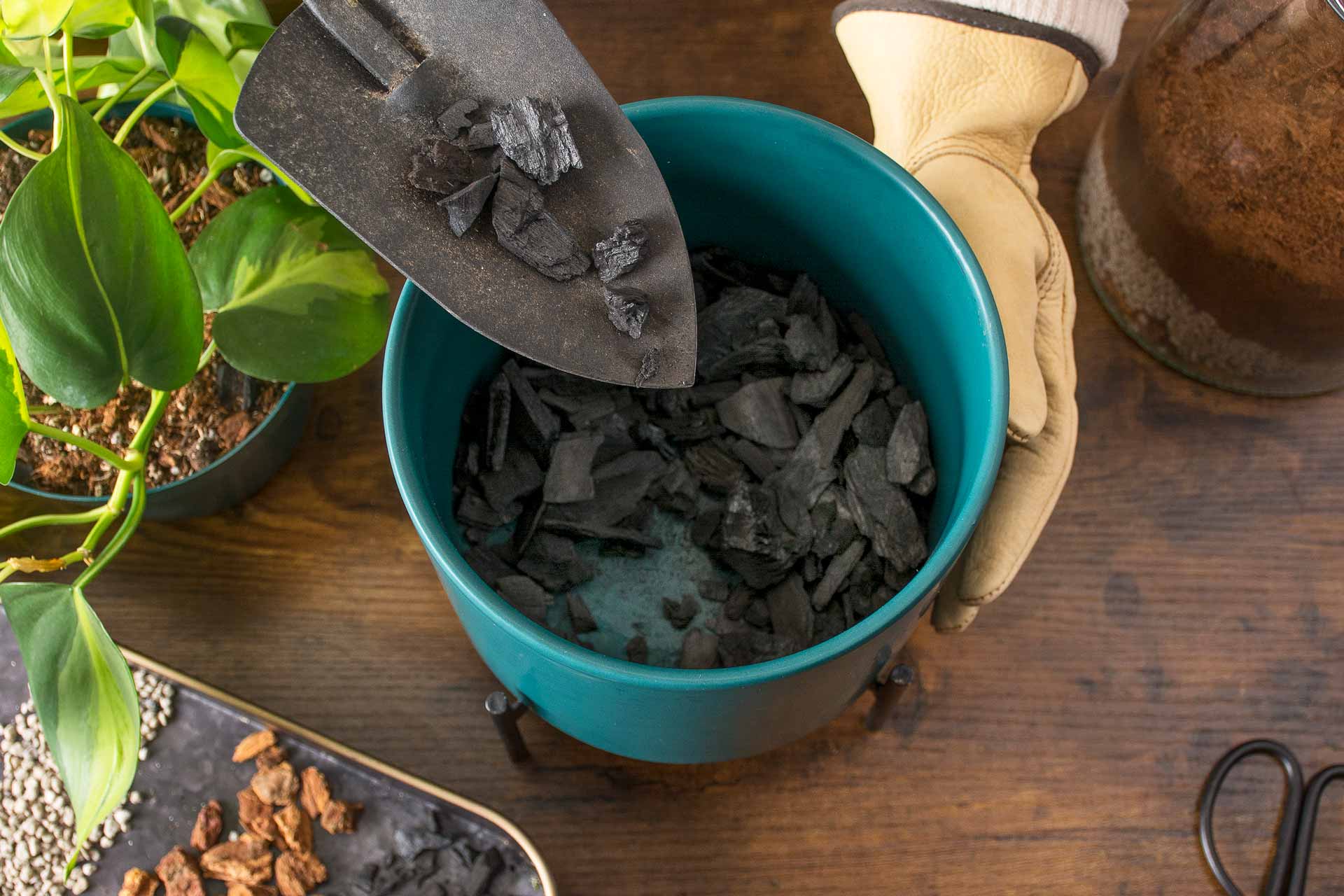
Storing Your Potting Mix
You can make a large batch and store it for later if you are a frequent user of the product. You will want to buy a “food-safe bucket” and a lid to safely store your potting mix.
Why is Making Your Own Soil Better for the Planet?
Peat moss is the main ingredient in many potting soils from big box stores. If you make your own, you can use a peat-free alternative- such as coco coir!
The main ingredient in most potting soils is peat moss. Peat moss is harvested from bogs, primarily in the Canadian wetlands. These bogs take millions of years to form. Because of this lengthy process, peat moss can no longer be referred to as a renewable resource. Additionally, wetland habitats are home to many native plant and animal species.
But if you choose to make your own, you can use coco coir which is a sustainable alternative to peat moss! Coir is a byproduct of the readily available coconut husks. It even has the same water retention properties as peat moss.
Stay tuned for our upcoming blog post about this topic.
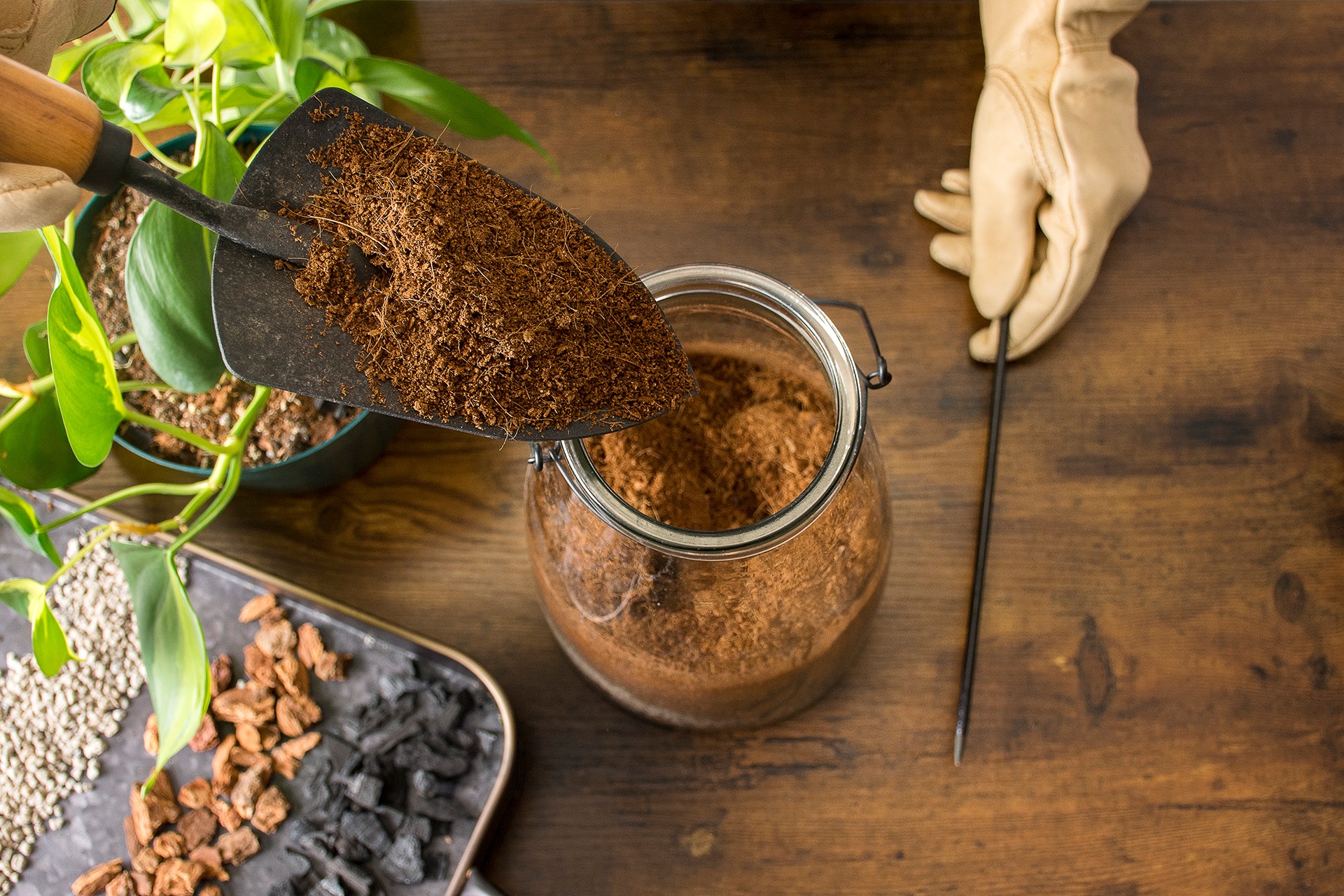
Final Thoughts
There are so many brands of potting mix out there! Nevertheless, many of them are misleading and can be rather expensive for just a small bag. That is why we recommend making your own! SuperMoss offers almost all of the products you need including the coco coir base and various soil amendments you will need to make our DIY Recipe!
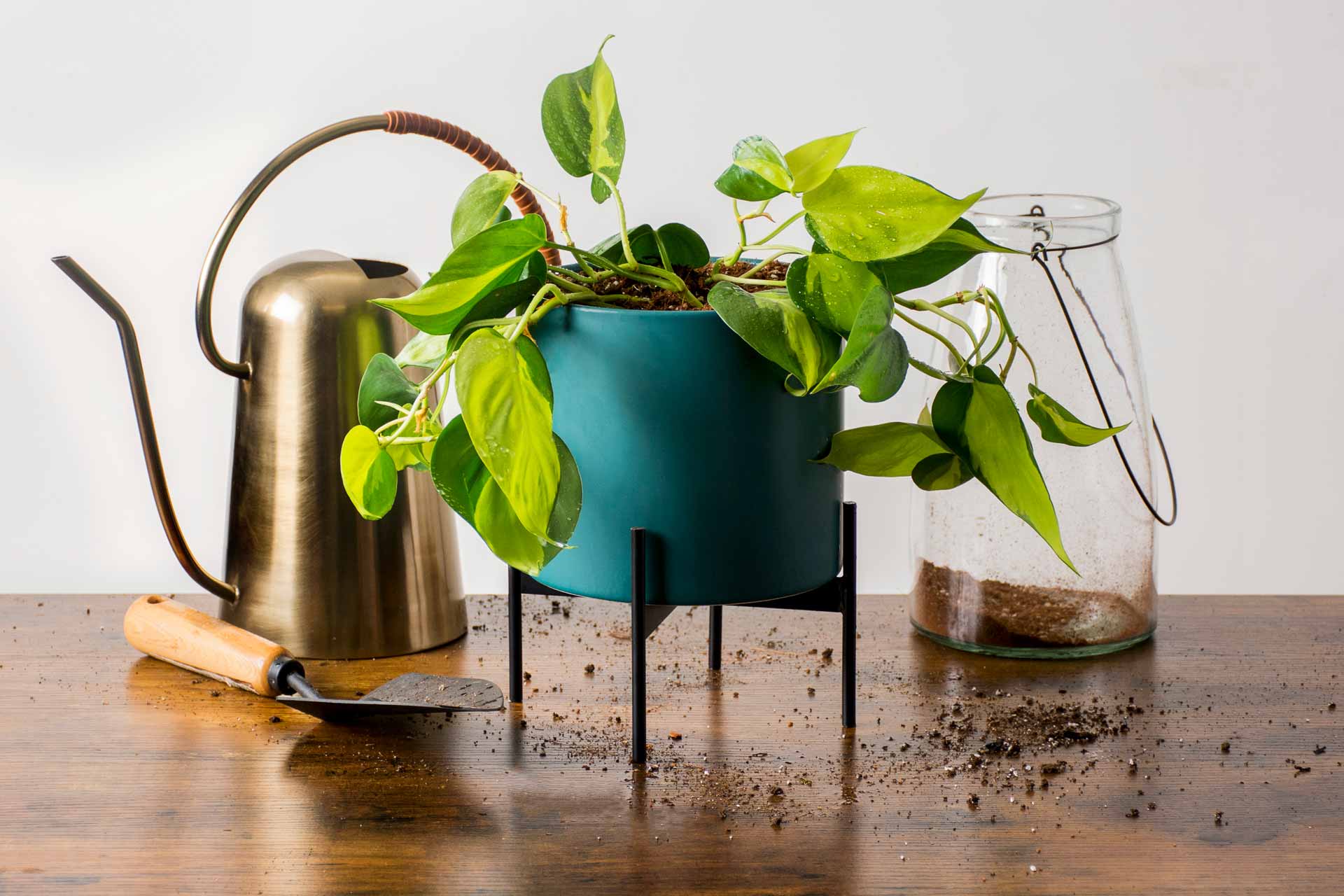
Happy repotting!
Cheers,
SuperMoss



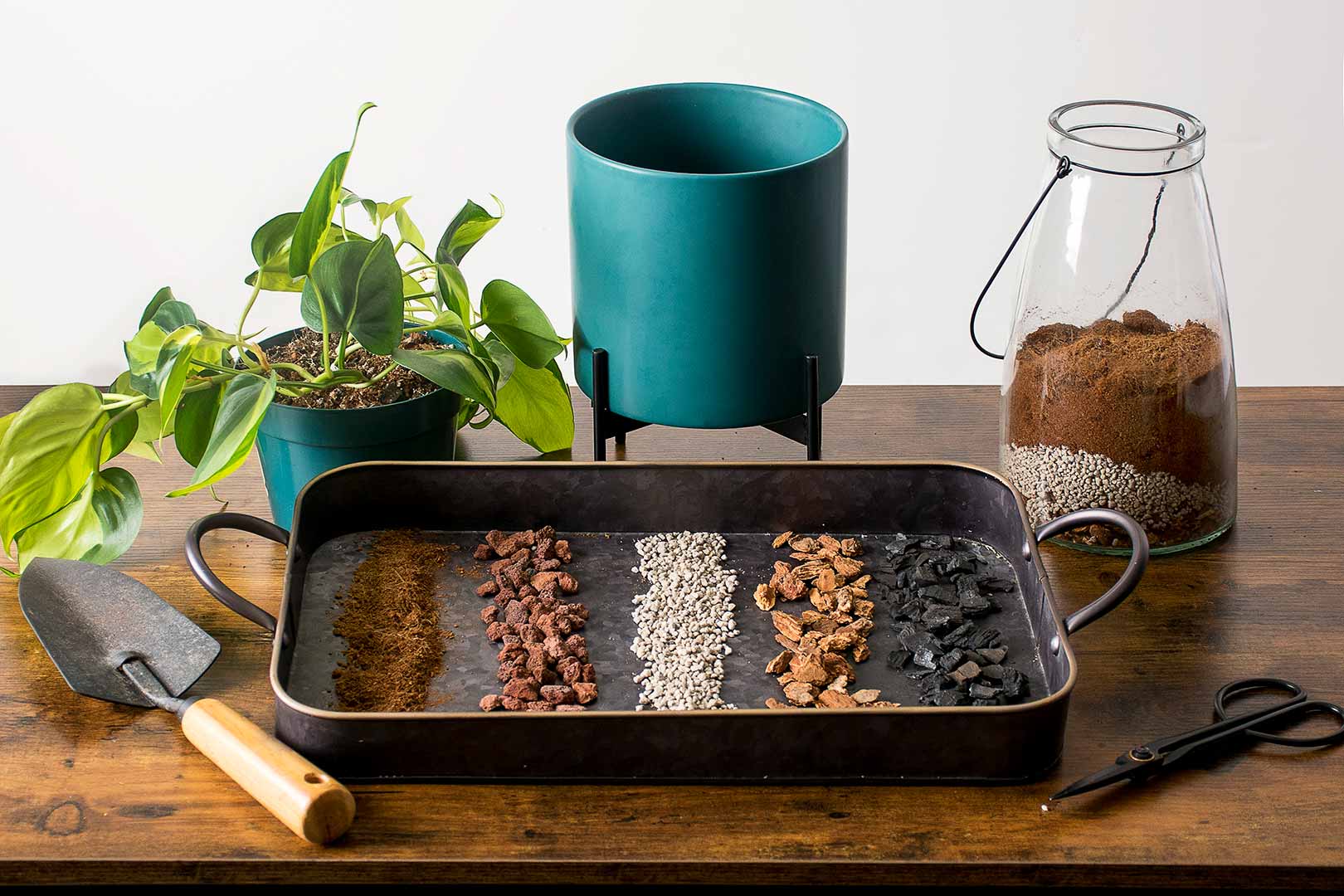


Comments (3)
Do you sell already made potting soil?
Hi Cindy, yea, our Coco Peat is not mixed but ready to use for different plants and vegetables. And our Agromin Potting Mix is great for tropical house plants, the Orchid Potting Mix (for Orchids),
and we also have all the amendments you may need to add to your potting soil: Pumice, Lava Rock, Charcoal, Coconut Husk, and Sphagnum Moss.
[…] 1, 2, 3, […]